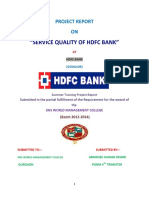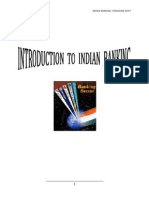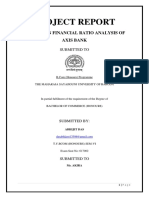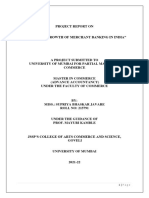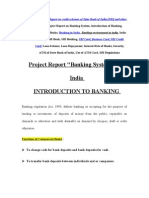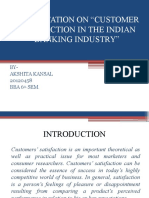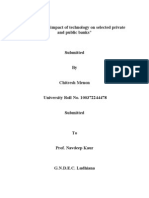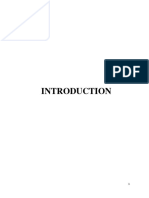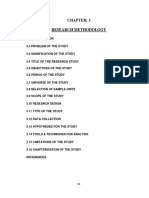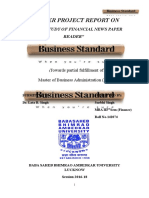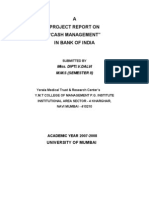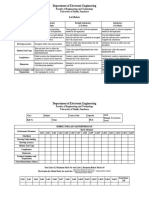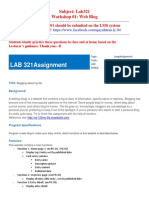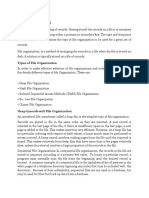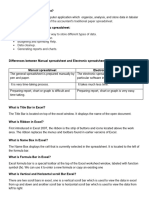0% found this document useful (0 votes)
108 views28 pagesSQL Practical File for BBA Students
This document contains a certification from Dr. Sandhaya that Lalit Rawat completed an Information System Management lab file project under her guidance and supervision. It includes a declaration by Lalit Rawat that the project is his original work. The document also includes an index listing the various SQL queries and exercises completed as part of the project, organized into four practical sections involving creating and manipulating tables to retrieve and analyze student and product data.
Uploaded by
lalit rawatCopyright
© © All Rights Reserved
We take content rights seriously. If you suspect this is your content, claim it here.
Available Formats
Download as DOCX, PDF, TXT or read online on Scribd
0% found this document useful (0 votes)
108 views28 pagesSQL Practical File for BBA Students
This document contains a certification from Dr. Sandhaya that Lalit Rawat completed an Information System Management lab file project under her guidance and supervision. It includes a declaration by Lalit Rawat that the project is his original work. The document also includes an index listing the various SQL queries and exercises completed as part of the project, organized into four practical sections involving creating and manipulating tables to retrieve and analyze student and product data.
Uploaded by
lalit rawatCopyright
© © All Rights Reserved
We take content rights seriously. If you suspect this is your content, claim it here.
Available Formats
Download as DOCX, PDF, TXT or read online on Scribd
/ 28

